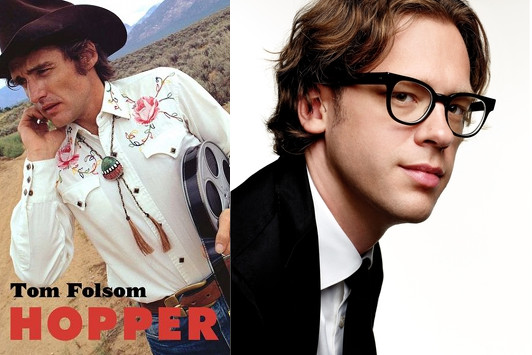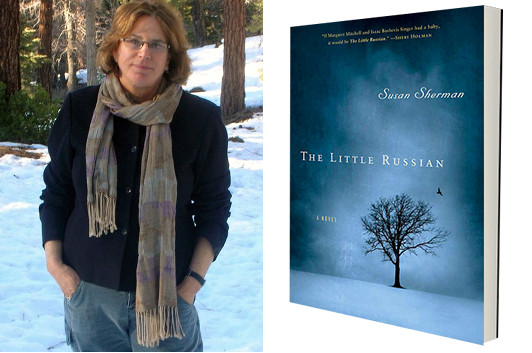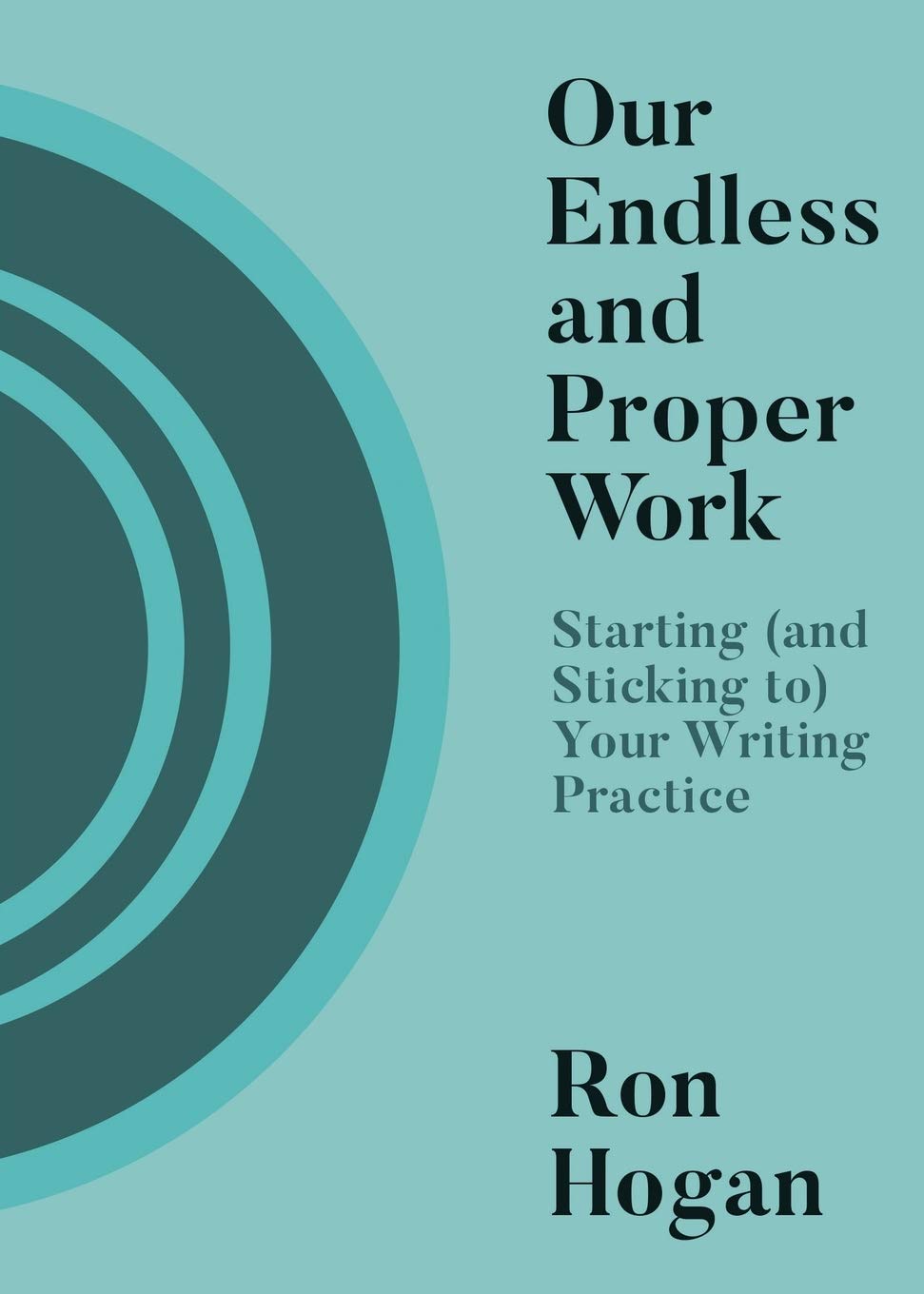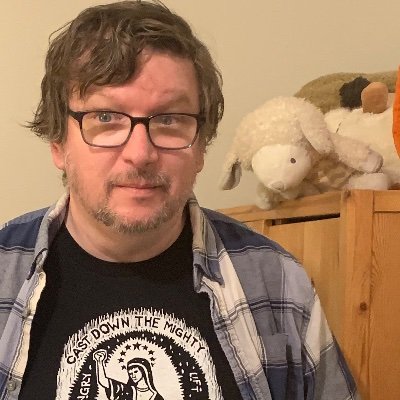Tom Folsom’s Odyssey in Hopperland

photo via TomFolsom.com
Hopper: A Journey into the American Dream is a new biography of actor/director Dennis Hopper by Tom Folsom, who I’d previously known for The Mad Ones, a book about New York organized crime figure Joe Gallo. So that’s an interesting mix for a young author, right there… As the author of a 1970s Hollywood retrospective, I’m going to be very interested in learning what Tom was able to uncover about The Last Movie, which notoriously derailed Hopper’s directing career for nearly a decade—but which has since been re-assessed by many as an artistic triumph, although it’s hard for the rest of us to judge since it’s still not available on DVD. Maybe this book can light a fire under that process…
It’s a dangerous headspace to be in, Dennis Hopper’s, where I’ve been for the past three years, writing my unconventional biography on the legend, icon, actor, director, and Hollywood outlaw. Now that I’m back from the front lines of HopperLand (and thankful I didn’t have to check into rehab), I’ve got a road-weary traveler’s bent to discuss my travails through his world. Perhaps I should nail up a sign: Abandon all hope, ye who enter here.
Unfortunately, I never got to met the man as planned because Hopper passed away in May 2010, just months after I began the book—but my first steps into his story made it clear we’re talking about someone who, as his buddy Kris Kristofferson put it in his song about Dennis, was: “a walkin’ contradiction, partly truth, partly fiction.”
This motto would make a traditional biographer scream. (Or perhaps sit in the middle of a ring of dynamite and light the fuse, as Hopper did as a stunt in the 1980s.) Luckily, I never intended to spend three years churning out cotton candy for the mill, or write a typical Hollywood biography. I set out to capture the distinct literary quality of someone who lived his life like a modern day Don Quixote, always pushing the edges of his outer envelope, in search of his peculiar American Dream.
5 March 2013 | guest authors |
Susan Sherman: Peddling for Gold

The early 20th-century Ukraine, still known in those days as “Little Russia,” is a world away from the Disney Channel’s That’s So Raven, so I was curious about what brought that show’s co-creator, Susan Sherman, to the story of Berta, a young Jewish woman who gets a taste of Moscow high life and then is sent back home to her family in Mosny. It turns out The Little Russian is rooted in Sherman’s family history—and though she knew that history well as it had been passed down among her kin, she soon realized that’s not the same thing as a story you can tell in a novel. Fortunately, she explains, there was one aspect of the novel’s emotional core she didn’t have to research, because she’d gone through similar experiences in her own life…
I remember the morning I lay in bed thinking about writing a Russian novel. It was a cold, bright winter morning and I had just finished my last season on That’s So Raven. I couldn’t imagine doing another season in television; after a decade, I was burned out. Sitcoms are a tough life for a writer: the hours are grueling and the work isn’t very satisfying. I wanted to write something I cared about, to be challenged. It was time to write my grandmother’s story.
For as long as I can remember the Grandma Bessie story was the legend of our family. No other story in our family could compare. It was filled with pathos, courage, and heart-stopping action. Grandma Bessie, née Berta Alshonsky, was born in a little shtetl (that’s Yiddish for Jewish hamlet) on the Dneiper River in the Ukraine and was sent to live with rich relatives in Moscow when she was fourteen. At twenty-two, she was sent back to the shtetl, where she met and eventually married my grandfather, a successful wheat merchant. Together they built a comfortable life in Cherkast until he got drafted into the Czar’s army, contracted pleurisy, and, after recovering, fled to America to avoid serving out his time. Grandma Bessie’s fatal mistake was not going with him.
She planned to join him once he got settled, but this was January 1914. By August of that year World War I broke out and she found herself trapped in the Ukraine with her two children. Over time she lost everything and was reduced to peddling to keep her children from starving to death. Everyday she would go out to the countryside and peddle cheap beads, gold jewelry, pots and pans, anything that could turn a profit and keep food on the table. It was a hard life slogging through the muddy fields, dodging the warring factions, and selling or trading her wares to keep her children alive.
20 February 2013 | guest authors |

 Our Endless and Proper Work is my new book with Belt Publishing about starting (and sticking to) a productive writing practice.
Our Endless and Proper Work is my new book with Belt Publishing about starting (and sticking to) a productive writing practice. 
